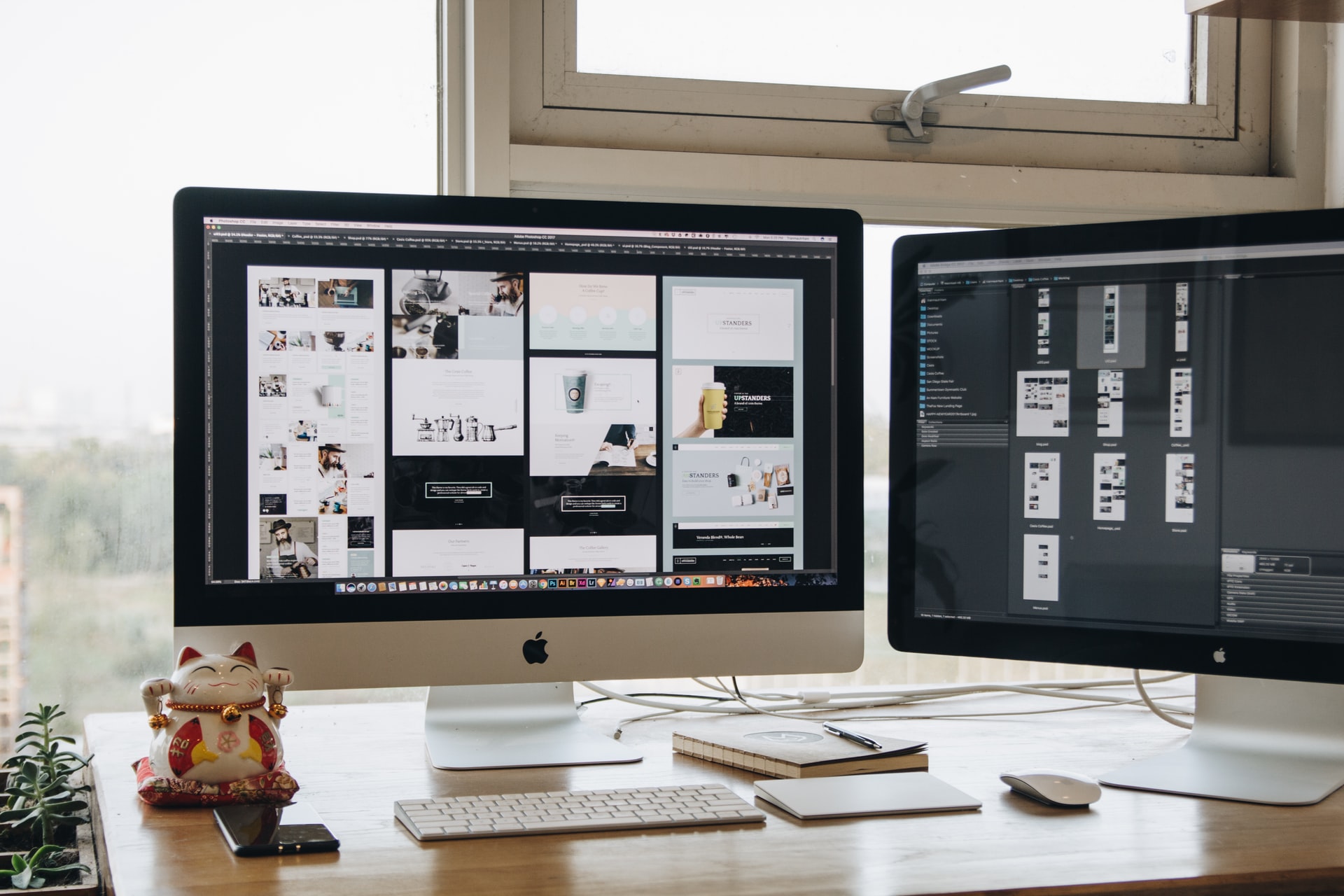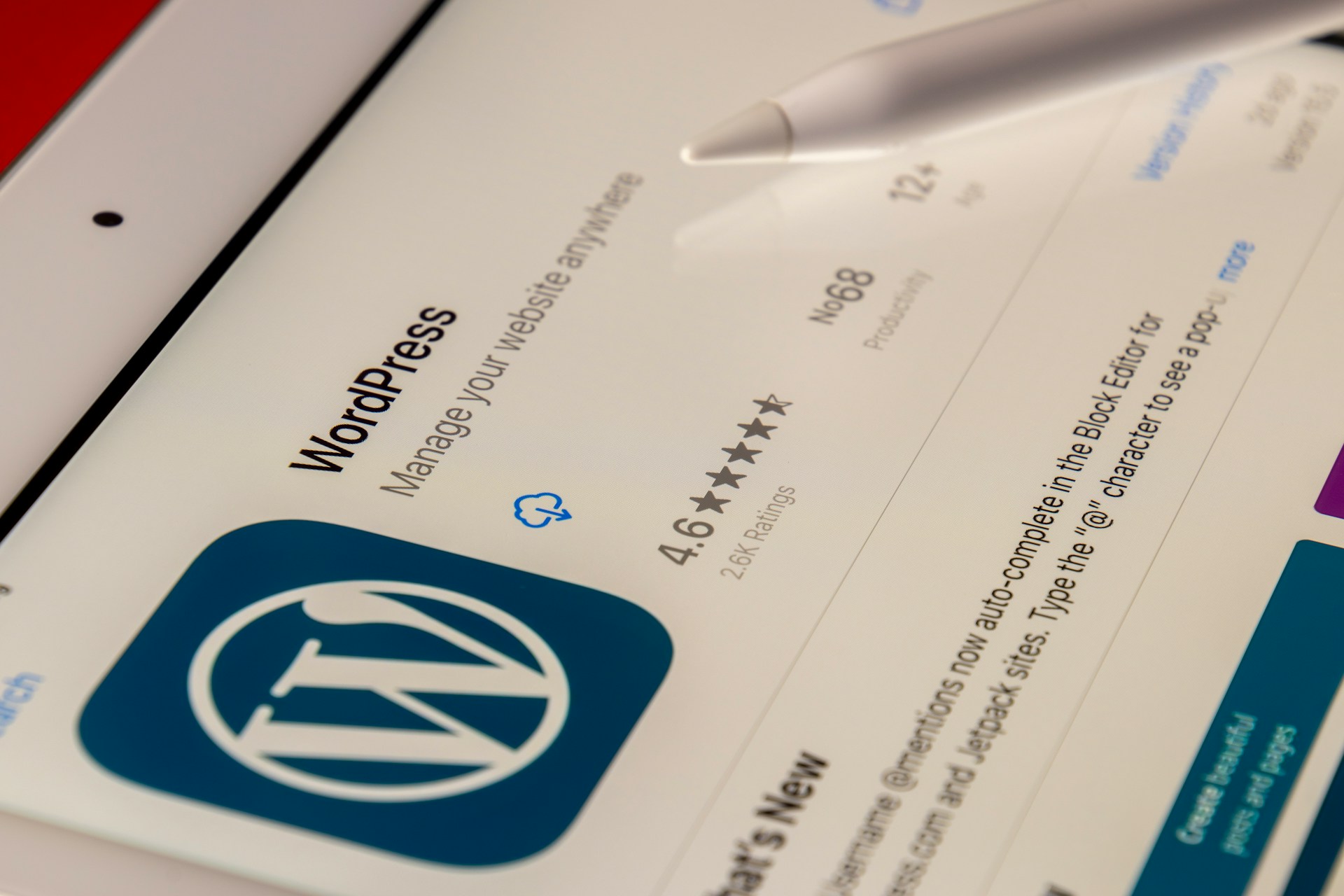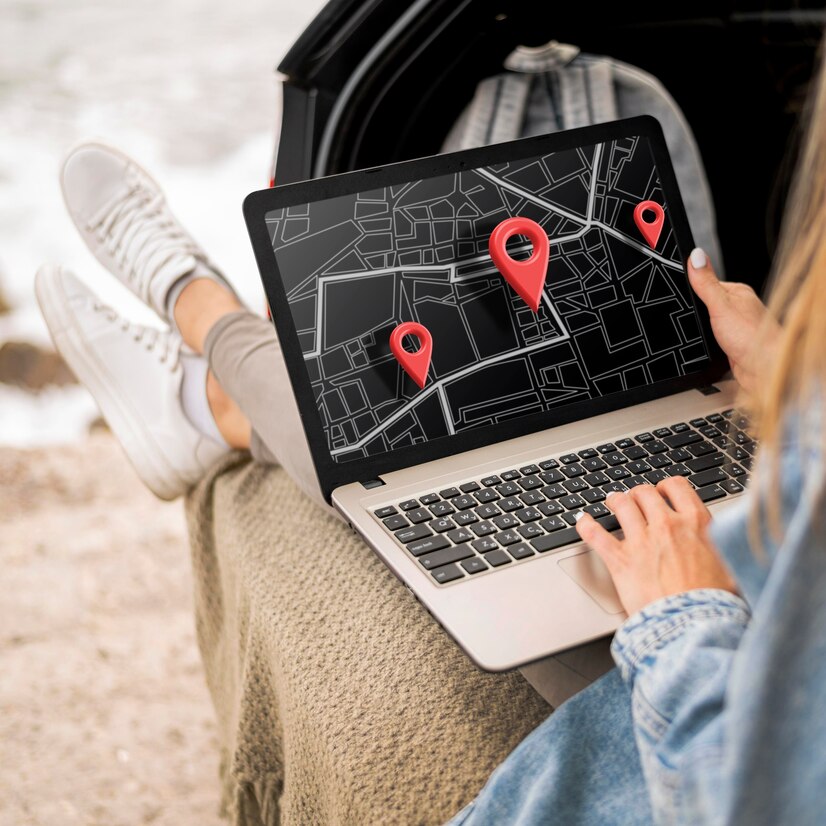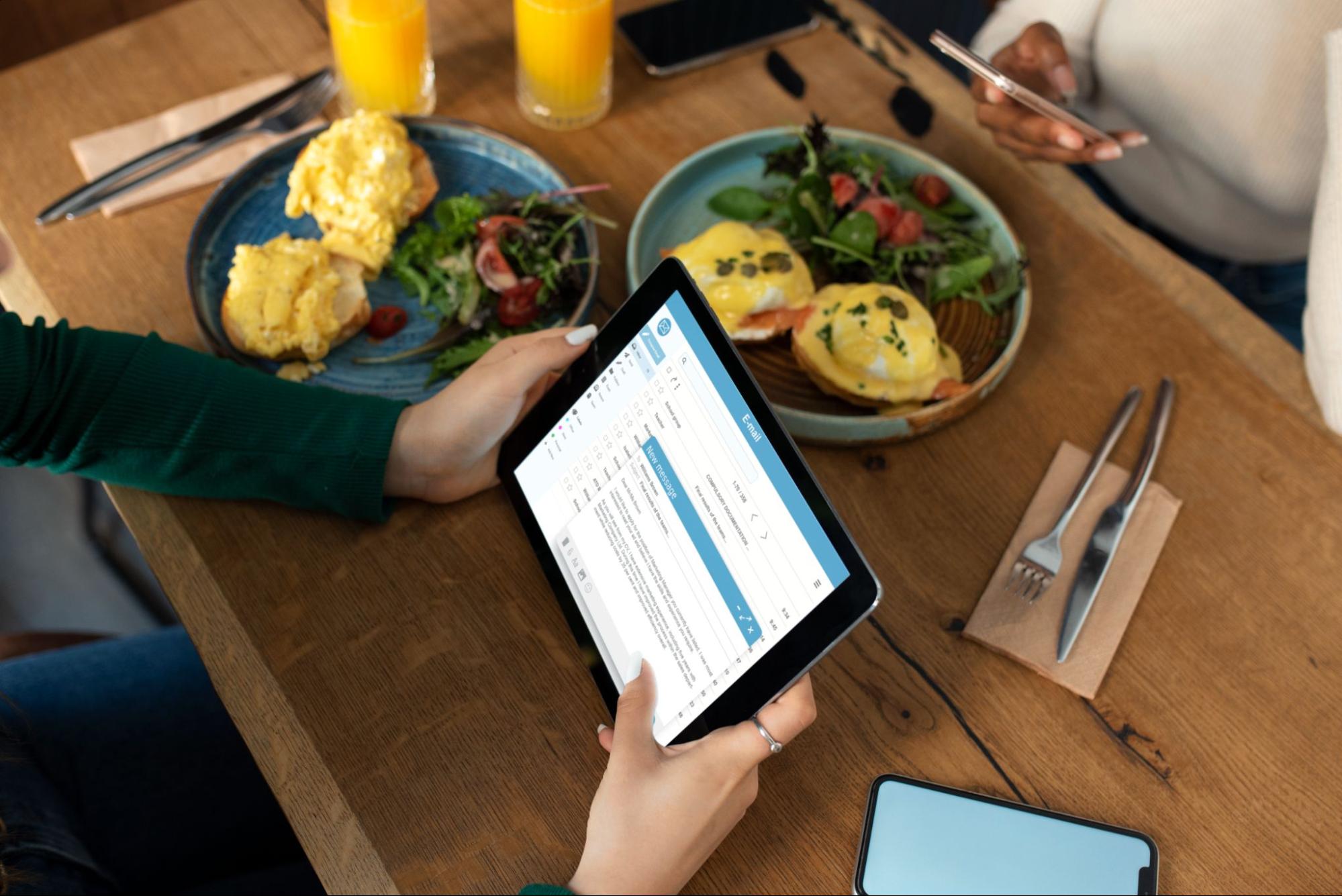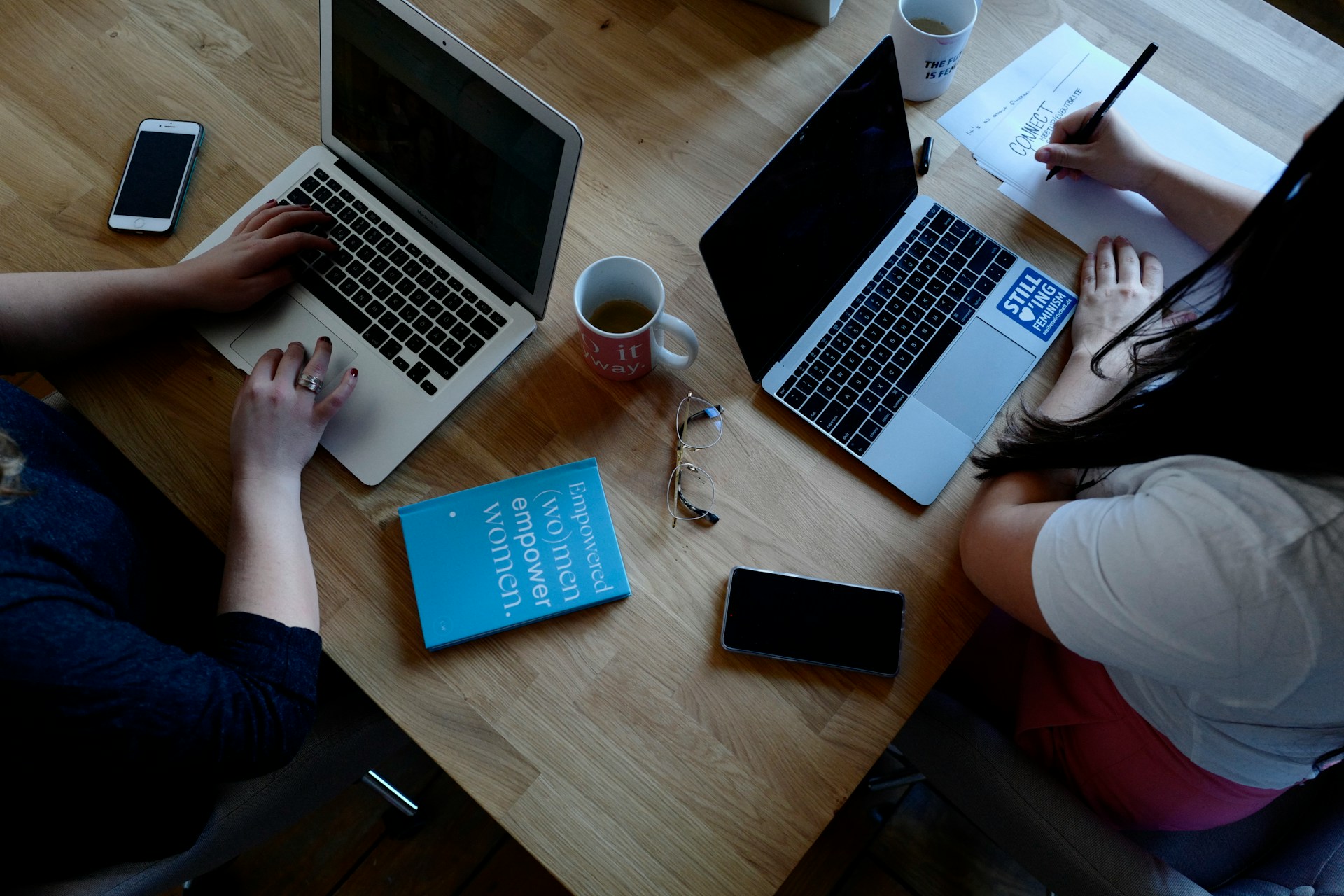7 UX/UI Trends To Keep On Your Radar In 2021
Should you be following user interface and user experience trends in the year 2021? Isn’t following trends the reason why Twitter has destroyed the entertainment industry? Well, despite the fact that “Trends” is now a dirty word in marketing circles, there is still room for trends when it comes to UI and UE, and the reason for this is simple.
Quick Links
People come to “Expect” certain trends when it comes to designs, features and functions like from the early expected trends of having your search bar in the top right or left corner, to modern trends of lazy loading and page caching. The fact is that if you do not follow modern UI/UE trends, you are going to make your website counter-intuitive.
For example, can you imagine how many people you would anger if your app used a cog icon for volume management rather than settings management? It sounds like a silly little thing to get worked up about, but certain trends have taken hold and should be considered when crafting your user experience and user interface. Defy these trends at your own cost because a seemingly do-nothing-low-impact design trend of today may be a hardcore UI-design rule of the future.
1 – Unique Images and Animations
This trend has been born through two reasons. The first is that freelance designers and animators are now more numerous than ever, which is feeding the production loop. The more designers and animators there are, the more companies are going to them for cheap products, the more money is floating around the marketplace, so more people are becoming design artists and animators. Nowadays, working from home is easier than ever and there is enough of money around for most people to make a humble living.
Another reason why unique images and animations are becoming so popular is because of Google Images search. Nowadays, people who are looking for products, ideas, or inspiration, are going to Google images. You may not rank very highly on the Google search engine results, but if you rank on the Google images search, you can see a lot of traffic.
Google doesn’t penalize websites that use the same images, but there are certain pros and cons of using them. On the one hand, if you use images you purchased, and the image is popular, then it is likely to feature highly on the Google search engine results. However, the link back to the image’s host website may only be yours a certain percentage of the time. For example, if ten other people are using the image on their website, then your website may only feature 1 out of every 10 searches.
On the other hand, if you use original images, you are going to have to fight your way up the Google search engine results, but yours is the only website that image will feature on the Google image results. This means the potential for direct traffic is much juicer.
2 – The Use of AI Marketing
And the birds go tweet. Yes, anybody who is anybody knows how heavily AI features in modern user experiences on websites and Smartphone apps. This may sound daunting at first, but there are now so many AI services available at crazy-low prices that integrating AI into your app or website is almost as trouble free as installing a plugin on your website.
We are especially seeing AI marketing in things like digital signage software. This is because the potential for AI is so broad when it comes to digital signs. For example, in some stores, when they are having a good run of sales on a certain item, the digital signs start promoting it more heavily. Other signs are able to judge the peak time for certain products and will base its adverts on whatever sells the best at that time. There are even digital sign programs that monitor local weather reports and promote weather-specific items at that time, such as promoting umbrellas when it is raining and sun hats when it is sunny.
3 – A Chat Box
Again, this seems like another “Obvious” design trend, but as mentioned in the introduction, ignore these seemingly harmless trends at your own peril. Blue chip companies have embraced online chats in a very big way, no doubt because of the 2020 global toilet roll shortage (and the pandemic). Here are just a few ways you could use chat boxes.
- If people cannot find the answer on your website, they could chat to you
- Walk people through technical issues
- Explain how refunds are offered and try to save the sale
- Answer questions about the services or products
- Arrange appointments or book services
- To act as online salespersons
- Allow people to get customized quotes via online staff
People expect online chat functions, and they don’t even mind that the first few paragraphs of conversation will be with the AI chat-bot until a real person takes over.
4 – Very Simplified Icons
You may have seen a few Instagram posts about how company logos and brands have become very simple and have almost evolved backwards. The reason for this is due to an online UI/UE trend. When people see icons on web browser tabs, they need something very recognizable, which often means bold colors and simple designs.
Company brands are not devolving due to some streamlining nonsense. They are making their brand logos more simple and bolder so that people can recognize some on web browser tabs and as icons on phone apps.
5 – No Sex Appeal
The woke era has spoken, and sex appeal is no longer a selling point. Sex used to sell, now it prosecutes. Unless you are selling adult services or products, you need to sanitize your online designs and marketing to make them as sexless as possible. When you often read articles like this one about design trends, you often read things about virtual reality, augmented reality, and so forth. These are not trends; these are ideas that are very slow to catch on. This article is all about trends that are happening right now, and the Me2 era has left an imprint on modern marketing and modern design, and that imprint is that sexy doesn’t sell.
6 – Added Personalization
Of all the trends on this article, this is probably the most misunderstood. Many designers and marketers are confusing added personalization with micro-managing. Unless you are selling to kids, people are not looking for 12 different varieties of mustache for their online avatars. People are looking for ways to integrate their wish lists into their online shopping in a way that allows them to track prices and monitor discounts.
People are not looking for product filters with 600 options. They are looking for marketing suggestions based on what they actually like. Instagram seems to be the only one using this idea to its fullest. It is using what people click “Like” on within Instagram posts, and using them to judge what products are shown next. Then, if people click “Like” on the adverts, and/or follow the links, it shows adverts for those too. As a consumer, if you click “Like” (the heart symbol) on posts about gadgets, then you get adverts for gadgets. If you follow the link from an advert about retro candy, then your other adverts are all for awesome types of candy. It is a great way of personalizing adverts in a very organic and very effective way, and it doesn’t require people to fill out a “Have you heard of these?” quiz like what YouTube does with its non-signed-in users.
7 – Keeping Things Very Simple and Basic
This is a message that most of the high-performing designers have been downplaying for years, while top-league consultancies have been trying to drum into blue-chip companies since 1996.
Even with the emergence of mobile usage, buttons, and auto-fill texts, there is still a tendency to opt for elaborate and/or over-designed websites and app user interfaces, and the reason for this is due to two opposing forces.
The consultancies test and test, and they know that keeping things very simple is the biggest seller. They know that modern consumers are not impressed by flashy interfaces, and also know that every second counts when people are using interfaces. They know that people want to fulfill a task quickly with as fewer steps as possible. This should be your design philosophy.
However, designers still feel that they need to justify their existence by offering elaborate, over-designed, and admittedly impressive UI and website designs. For the most part, designers have been winning. However, people are now starting to move over to simplicity since larger blue-chip companies are all keeping it simple. From Amazon to HSBC, we are seeing consistently simple designs that remove barriers and steps within any given process. This trend is seeping down into smaller companies, and designers are begrudgingly following suit.
Top Reasons to Hire WordPress Developers for Custom Website Solutions
Today, no business can possibly thrive in the digital realm without a strong online presence. An…
0 Comments13 Minutes
Why Link Building Remains a Key Pillar of Successful SEO
Why do some websites always pop up first on Google while others seem impossible to find? The…
0 Comments6 Minutes
Essential Features to Look for in an Enterprise AI Chatbot Platform
A prime of modern businesses and organizations in the rapidly growing digital environment is to…
0 Comments6 Minutes
Why Influencer Marketing is the Secret Weapon Your Brand Needs Right Now
Developing a solid relationship with your audience is more crucial than ever in the modern digital…
0 Comments7 Minutes
Keyword research tools for eCommerce to drive conversions
Why do some online stores seem to effortlessly attract customers while others struggle to get…
0 Comments13 Minutes
Key Trends in Local SEO: What Businesses Need to Focus on in 2025
What if your website gets lost in the digital noise? What if it fails to reach your target…
0 Comments9 Minutes
How a Restaurant Marketing Agency Can Transform Your Business
Food is the most important thing that helps a restaurant build its reputation. Apart from food, a…
0 Comments6 Minutes
Digital Marketing: The Ultimate Guide On How To Change Your Business And The Way It Operates
Marketing has without a doubt been the heart of all enterprises. But now the scenario is distinct…
0 Comments7 Minutes
